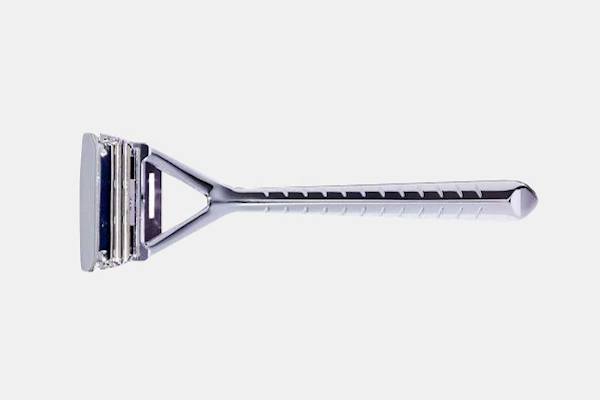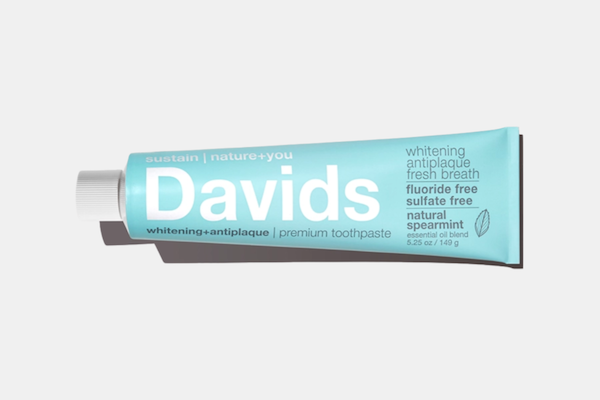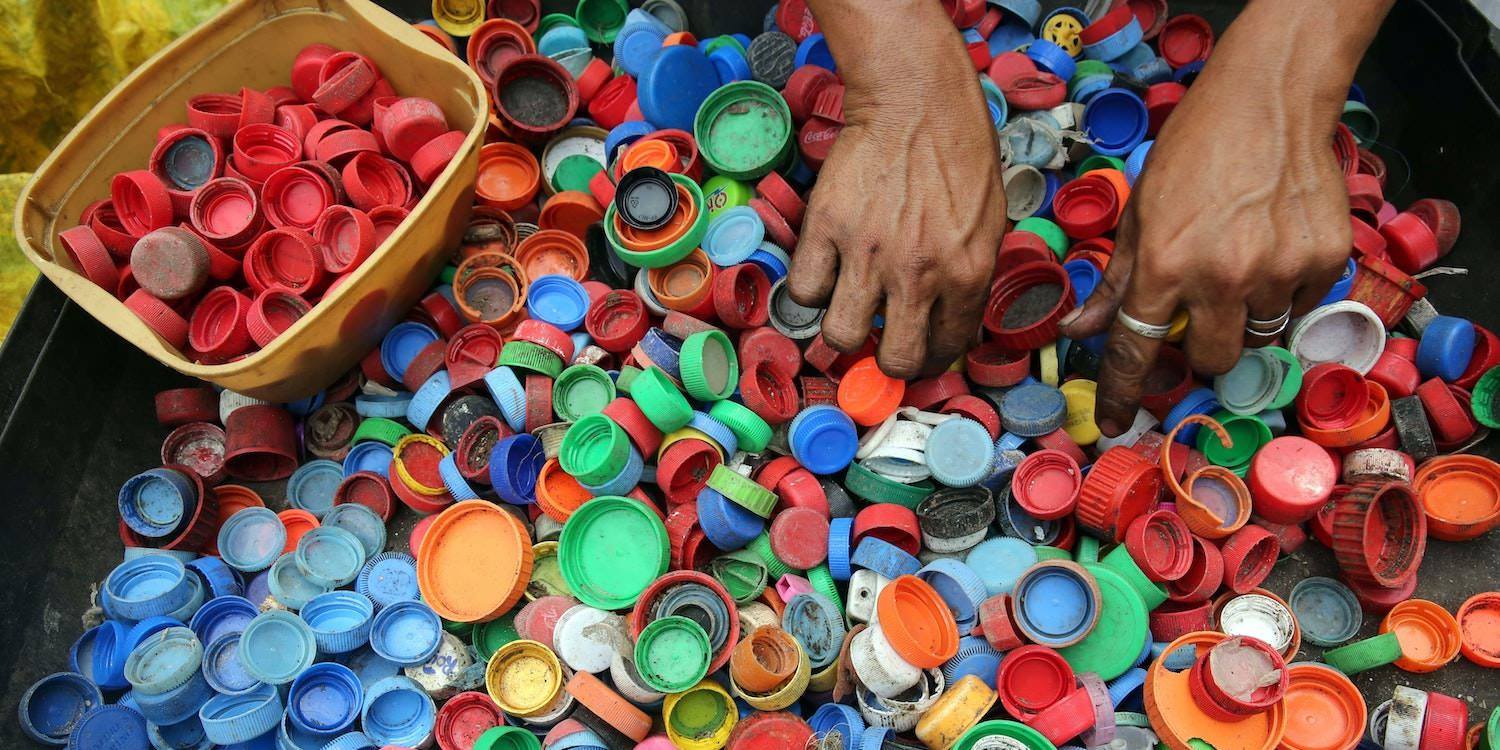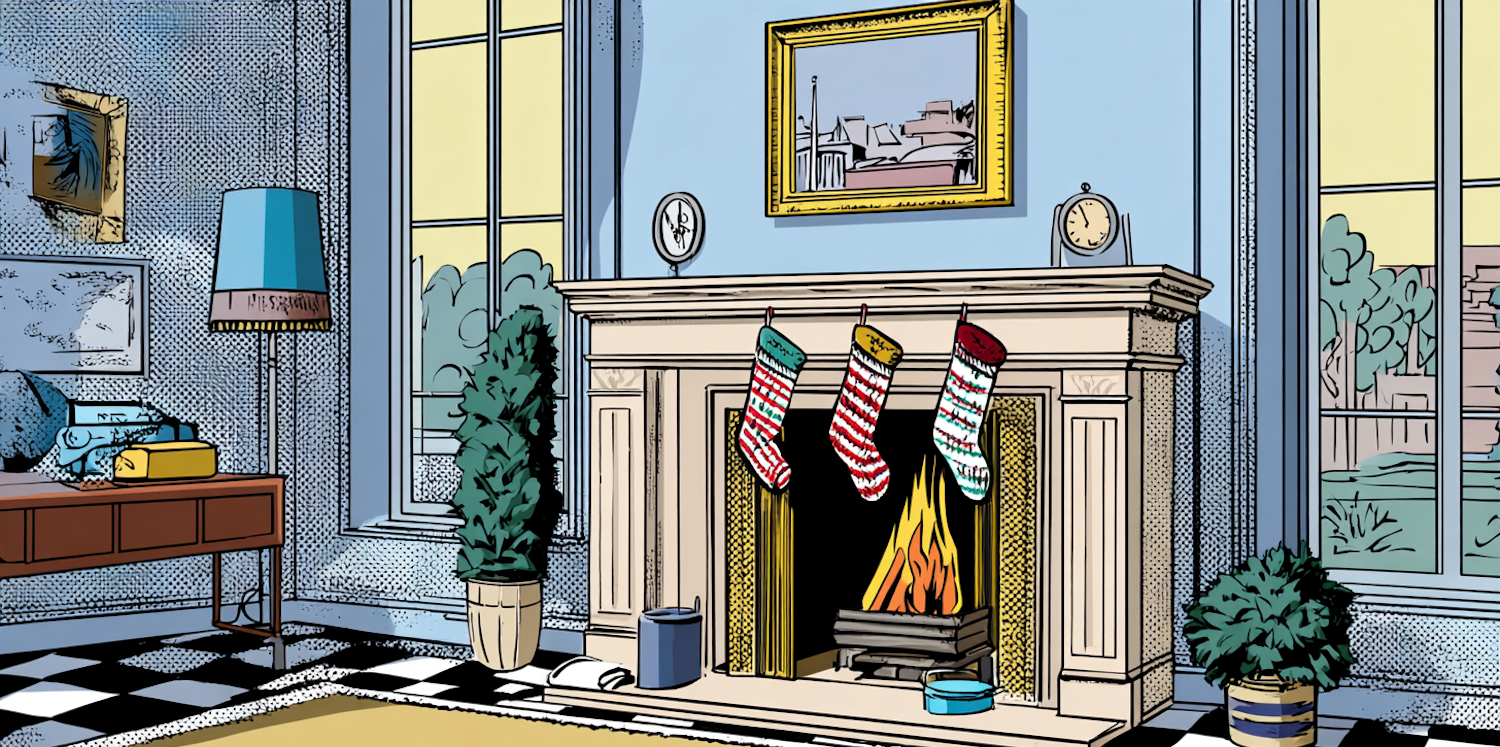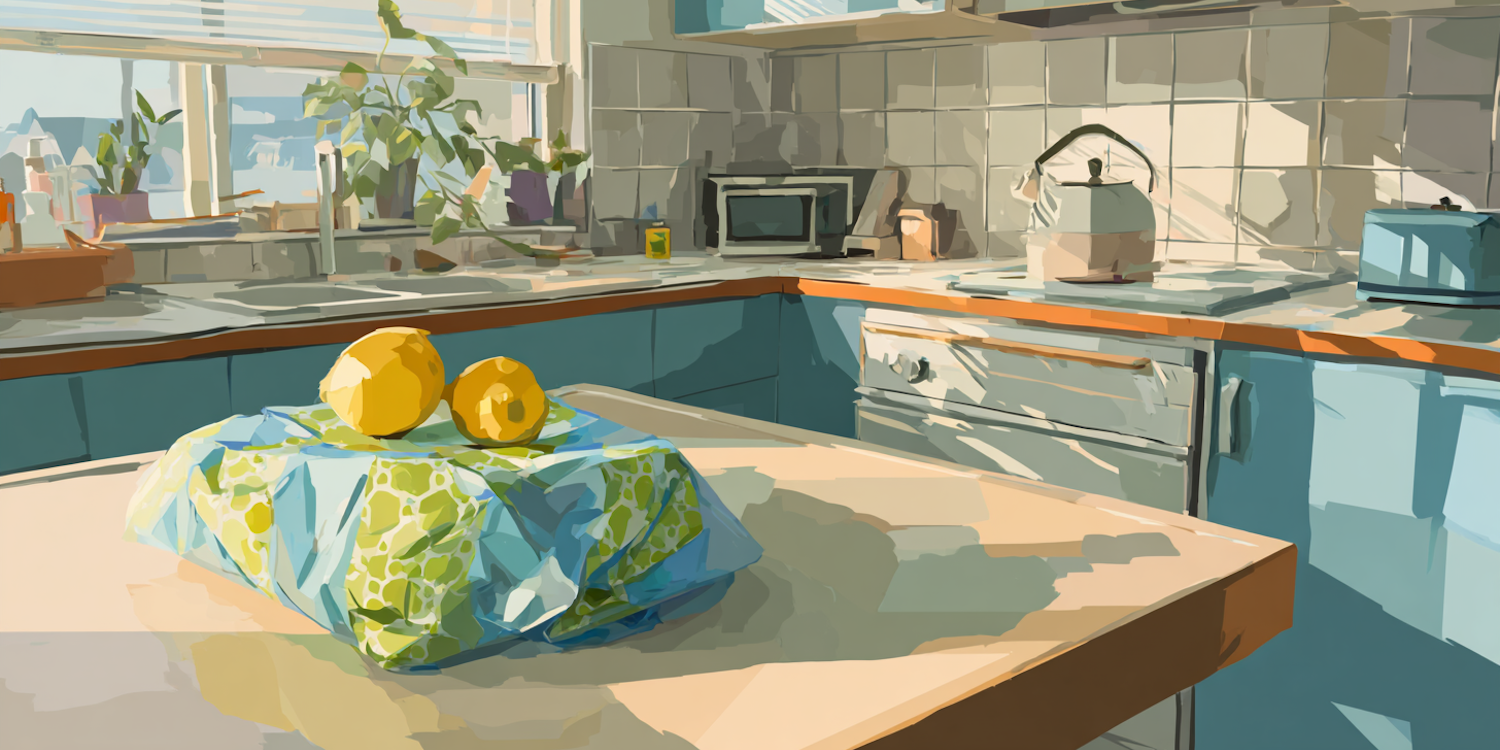Plastic Waste Today
10% of all plastic produced in the world ends up in the ocean. This number is, frighteningly, only expected to increase over time. Our bodies of water are littered with yesterday’s trash. As the problem increases, awareness has begun to increase. A growing number of artists, companies, and individuals are doing their part to tackle the problem.
What Trash In The Ocean
In recent years, plastic production has skyrocketed across the globe. Resulting in an unprecedented amount of plastic debris ending up in our oceans. This plastic then slowly breaks down throughout eternity. Whether its Synthetic polymers in your moisturizer are getting washed down the drain or a plastic bag from the grocery store, making its way into the sewer, plastics are rapidly absorbed into our waterways.
This is concerning for a variety of reasons; the main being is because of the harm to the aquatic life in the ocean. Countless animals mistake plastic for edible sea creatures. The plastic fills their stomachs, causing them to feel full while simultaneously preventing them from gaining nutrients from other food sources.
Read More About Plastic Pollution Here
Tackling The Problem
The issue of ocean pollution has become increasingly more prevalent in the news. As the issue of ocean pollution became more common knowledge, various groups and individuals have begun working tirelessly to do something about it Artists and companies across the world are committing their efforts to help clean the oceans. There are artists such as Alejandro Durán, Max Liboiron, and Pam Longobardi creating beautiful art with a deeper message. Meanwhile, companies such as Bureo are repurposing ocean plastics to create new and enjoyable products.
What are some artists doing to repurpose ocean debris?
Artists worldwide see the threat of plastic pollution in the ocean and are working to bring attention to the issue. Using ocean debris they have recovered, they are making art while simultaneously combatting the problem. Below are some artists that are creating these truly amazing pieces and sharing an important message.
Alejandro Durán
Alejandro Duran is a multimedia artist from Mexico City, who now lives in Brooklyn, NY. His series “Washed Up” aims to represent the world of consumerism and its effect on the environment. He calls this “colonization by consumerism.” He collects colorful ocean debris that washes up along the coast of Sian Ka’an, one of Mexico's largest federally-protected nature reserves. The ending result is one sculpture with pieces of plastic from all across the globe.
To Learn More About Alejandro's Art Click Here
Max Liboiron
Max Liboiron is a scholar, activist, and artist based out of Newfoundland. In her series, “Sea globes,” she created thought-provoking pieces that connect art with the harsh reality of ocean pollution. She collected plastics from the Hudson River and coal from a closed landfill in Deadhorse Bay, to create these “sea globes.” Her “sea globes” are said to provide an accurate representation of New York City’s waterfront viewing.
To Learn More About Max’s Art Click Here
Pam Longobardi
Pam Longobardi is an Atlanta based multimedia artist who brings attention to the issues of plastic pollution. After seeing the extreme amount of plastic washed up on the shores of remote Hawaiian coasts, she began collecting trash to make art. This project later became known as the “Drifters Project.” Through the Drifters Project, Pam transforms ocean plastics to eye-catching artwork. Pam’s goal is to show the problem of oceanic pollution, rather than tell people it’s a problem. One of her most famous pieces is “Bounty, Pilfered." In this piece, she portrays the connection between humans and the natural world in an extravagant art piece.
To Learn More About Pam’s Art Click Here
Companies Repurposing Ocean Plastics
As well as artists, many companies are repurposing ocean trash to make new and exciting products. Bureo is a company that stands out in this field.
Bureo is a brand that has adopted the innovative approach of repurposing abandoned fishing gear and reinventing it into new and exciting products for people to enjoy. Bureo is helping to tackle “ghost fishing” as it is referred to, which is the idea that when the gear is abandoned in the ocean, it continues to catch and harm marine life, even though it is no longer actively used. The team at Bureo uses advanced technology to transform old fishing nets into their "net plus pellets," which act as the basis of their products. Two of their products are available at Lochtree, the Jenga® Ocean™ board game, and the Fishnet Flyer Frisbee.
Innovative Ways To Upcycle Plastics At Home
All the artists and companies above used old plastic to reinvent themselves into new exciting pieces for people to enjoy. So can you! This is often a better choice than recycling because many of the plastics collected cannot actually be recycled. Try reusing the plastic, before ultimately recycling it. Here are some fun and easy crafts you can do at home.
Plastic bottle bird-feeder
All you need is a large plastic bottle, two wooden spoons, twine, small eye screw, and a craft knife. First, cut two holes across from each other towards the bottom of the bottle. Then, place a wooden spoon through the holes at the bottom of the bottle. Repeat the same action with another wooden spoon towards the top of the bottle. Then you can screw the small eye screw into the water bottle cap and thread twine through the eye screw. Put birdseed in the bottle and hang up your brand new bird feeder.
Plastic bottle planter
All you need is a plastic bottle, a craft knife, some seeds, and soil. First, use the craft knife to cut the top off the plastic bottle. Feel free to decorate the outside of the bottle with any materials. Then, poke three holes in the bottom to prevent overwatering. Plant the seeds and continue to water over time!
Plastic bottle watering can
This craft is perfect to water the plants in the plastic bottle planter! All you need is a plastic bottle and a craft knife. First, poke a bunch of small holes in the plastic bottle cap. Next, fill the bottle with water and screw the cap back on! Have fun watering your plants!
How you can help
Ocean pollution is an increasing issue around the globe and one that is not going away. Although these organizations have structured their work around fighting against plastic pollution, the issue is not solved. Reducing your monthly plastic usage is one way to help the ocean debris problem from increasing. In fact, nearly 3 million single used plastics are used every minute across the globe. Every less single-use plastic used matters. Most importantly, following the cycle, “reduce → reuse → recycle.”

